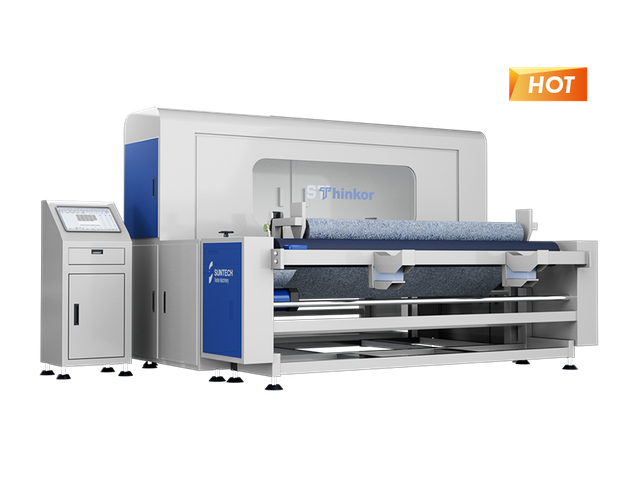In today's fast-paced manufacturing environment, the role of visual inspection equipment cannot be overstated. This technology is essential for ensuring product quality and operational efficiency. But what exactly does visual inspection equipment entail, and why is it so crucial in quality control?

Understanding Visual Inspection Equipment
Visual inspection equipment refers to a range of tools and systems designed to assess the quality of products through visual means. These tools can include everything from simple magnifying glasses to sophisticated automated systems equipped with cameras and artificial intelligence. The primary goal of these systems is to identify defects, ensure compliance with specifications, and enhance overall product quality.
Types of Visual Inspection Equipment
- Manual Inspection Tools: These include magnifying glasses, borescopes, and other handheld devices that allow operators to visually inspect products.
- Automated Vision Systems: These systems utilize high-resolution cameras and software to analyze products at high speeds, providing real-time feedback.
- Endoscopic Inspection Equipment: Often used in industries like aerospace and automotive, these tools allow for internal inspections of complex assemblies.
- 3D Inspection Systems: These advanced systems create a three-dimensional model of the product, allowing for detailed analysis of its features.
Benefits of Using Visual Inspection Equipment
Implementing visual inspection equipment in quality control processes offers numerous advantages:
- Increased Accuracy: Automated systems reduce human error, ensuring that inspections are consistent and reliable.
- Time Efficiency: High-speed inspection capabilities allow for quicker assessments, reducing downtime in production lines.
- Cost-Effectiveness: Early detection of defects can save companies significant amounts in rework and warranty claims.
- Enhanced Compliance: Visual inspection equipment helps ensure that products meet industry standards and regulations.
Challenges in Visual Inspection
While the benefits are clear, there are challenges associated with visual inspection equipment. For instance, the initial investment in automated systems can be substantial. Additionally, training personnel to effectively use these tools is essential for maximizing their potential. How can companies overcome these challenges? By investing in comprehensive training programs and gradually integrating technology into their processes, organizations can enhance their inspection capabilities without overwhelming their workforce.
Conclusion
In conclusion, visual inspection equipment plays a pivotal role in modern quality control. By enhancing precision and efficiency, these tools not only improve product quality but also contribute to overall operational success. As industries continue to evolve, the importance of adopting advanced visual inspection technologies will only grow. Companies that embrace these innovations will likely find themselves at a competitive advantage in the marketplace.














